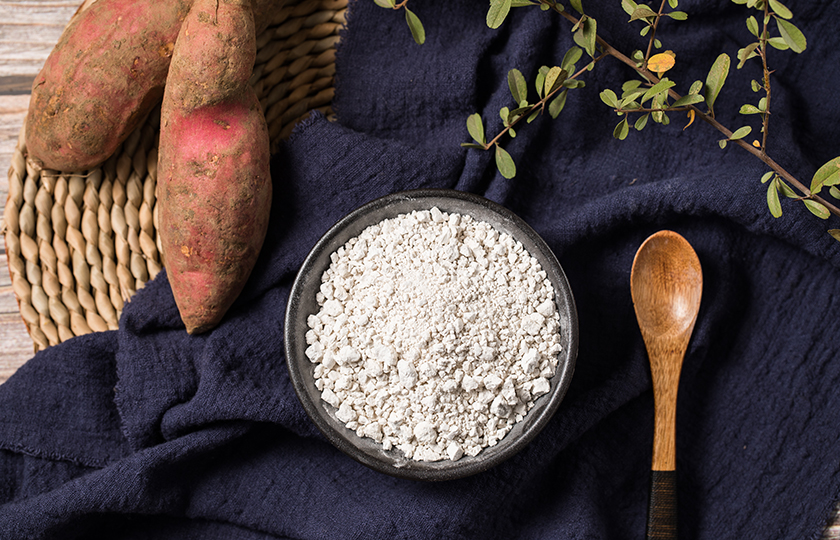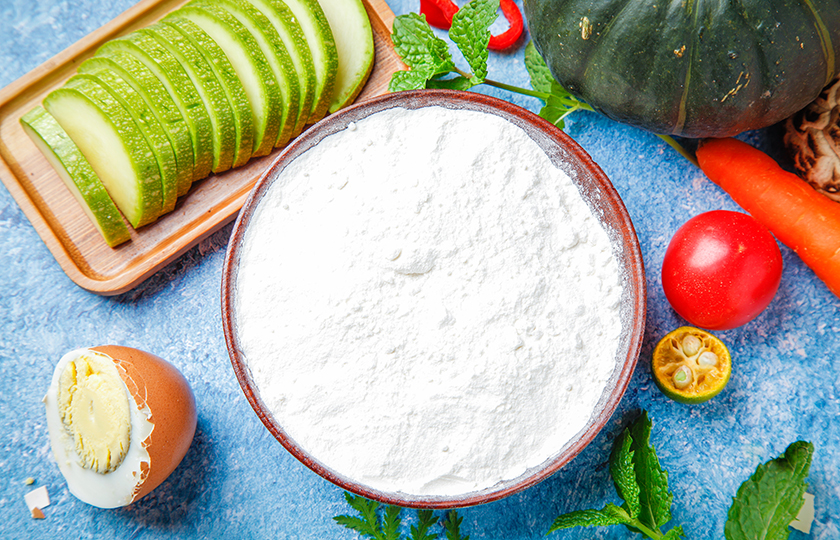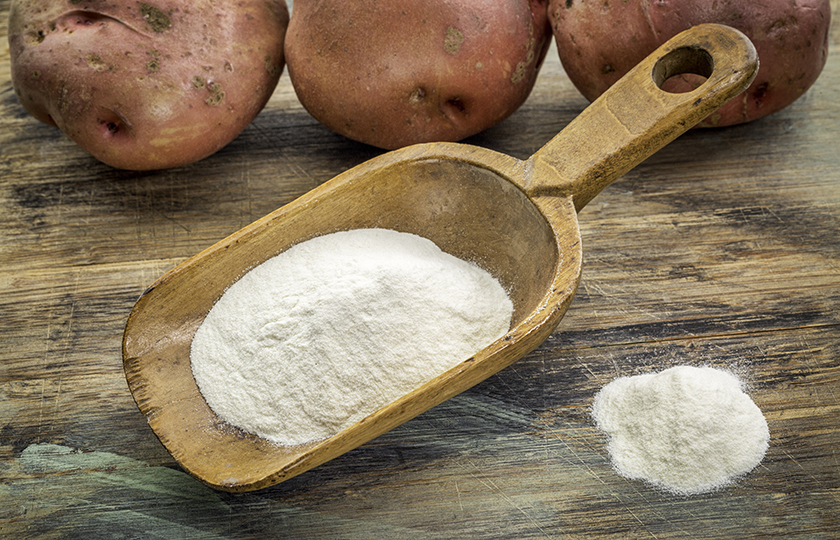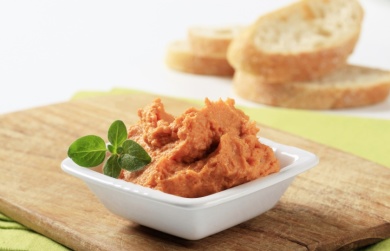Sweet Potato Starch vs Sweet Potato Flour: Key Differences
 Do you know the difference between sweet potato starch and sweet potato flour? They both come from sweet potatoes, but they are very different in production process, use, nutrition and taste.
Do you know the difference between sweet potato starch and sweet potato flour? They both come from sweet potatoes, but they are very different in production process, use, nutrition and taste.
Sweet potato starch is extracted through multiple processes and can be used for cooking thickening and processing ingredients. Sweet potato powder is directly ground into powder, retaining nutritional flavor and is used for food processing and cooking. Come and learn.
Raw materials and production methods
Sweet potato starch
Raw materials: Pay more attention to its starch content. The main goal is to obtain high-purity starch.
Production method: Mainly focus on starch extraction and purification. This process is relatively complex and refined and requires multiple filtrations and precipitations.
Component retention: During the production process, the main extracted component is starch. Most of dietary fiber, protein, etc. are removed.
Sweet potato flour
Raw materials: In addition to considering starch content, pay more attention to the overall quality and flavor characteristics of sweet potatoes.
Production method: There are various methods. The direct grinding method is relatively simple. Methods such as whole flour processing method have certain technical requirements. The complexity of the overall production process varies depending on the specific method.
Component retention: According to different production methods, a certain amount of dietary fiber, protein, vitamins and other components will be retained. The components are relatively richer.

Different uses
Sweet potato starch
In terms of cooking seasonings: It is a high-quality thickening material. It can make the soup of dishes become thick, increase luster and taste. For example, it is used to thicken dishes like shredded pork in fish-flavored sauce.
In terms of processed foods: It is mainly used to make sweet potato vermicelli. The vermicelli made is boil-resistant and has a smooth and chewy texture. It is often used in cold dishes, stews, hot pots, etc.
In terms of frying and battering: It is used to batter ingredients such as meat. After frying, the outer skin is crispy and the inside is tender and juicy, like fried crispy pork.
Sweet potato flour
In terms of making beverages: It can be directly mixed with boiling water for consumption. It is convenient and fast and provides nutrition for the human body. It can be used as a meal replacement or a snack.
In terms of baked foods: It is added to baked foods such as bread and cakes to increase nutritional value and unique sweet potato flavor.
In terms of making pasta: It is used to make steamed buns, rolls, noodles, etc., improving the taste of pasta and increasing color and flavor.

Different tastes
Sweet potato starch
Tasteless and smooth: It has no special taste in itself. After being heated with water, it is smooth. For example, the thickened dish soup is thick and silky.
Has certain toughness: The vermicelli made has toughness. It is elastic when chewed and is not easy to break when cold mixed or stewed.
Sweet potato flour
Rich in sweet potato flavor: It retains the natural components of sweet potato. The aroma and sweetness are rich. For example, the bread made has a mellow and natural taste.
Rough taste: It contains dietary fiber and so on. It has a small granular feeling. Unlike sweet potato starch, which is fine and smooth. For example, in pastries, the granules can be clearly felt.
In short, the taste of sweet potato starch is relatively single. The taste of sweet potato flour is richer and has a unique flavor, but it is relatively rough.
Different shelf lives
Sweet potato starch
Shelf life: Relatively long. Usually it is 12 to 24 months in a dry and ventilated environment.
Reason: After processing and extraction, the moisture content is low, so microorganisms are not easy to breed.
Signs of deterioration: Damp and caked. In severe cases, mildew, peculiar smell, and color change.
Sweet potato flour
Shelf life: Relatively short. Generally it is 6 to 12 months.
Reason: It contains more nutrients and has a relatively high moisture content, so it is easy to breed microorganisms.
Signs of deterioration: Caking, mildew, sourness, peculiar smell, and the color turns yellow or black.























